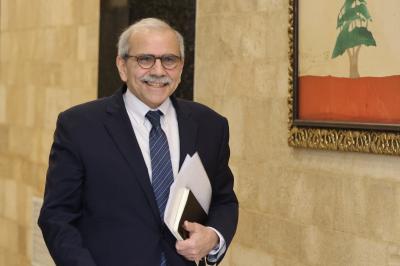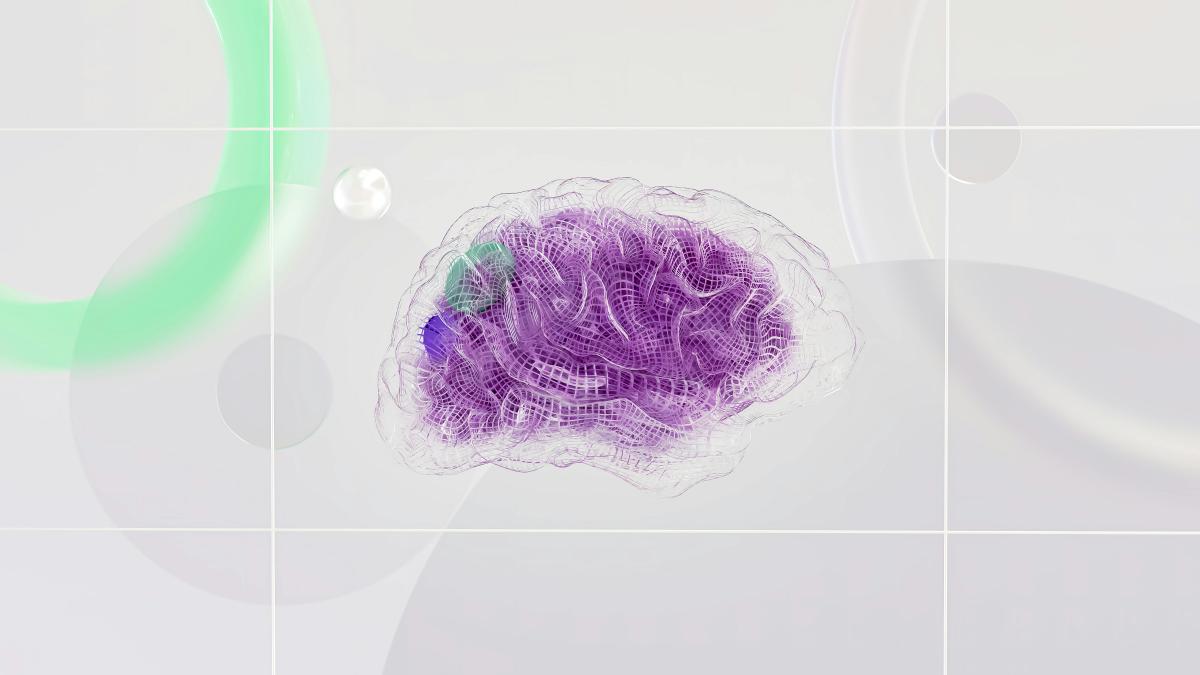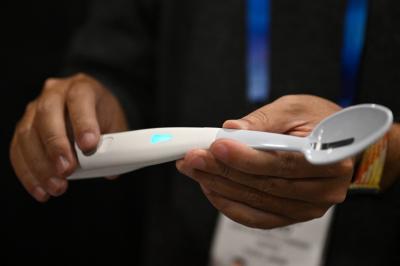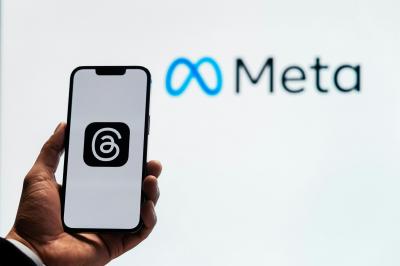In a groundbreaking scientific breakthrough, American researchers have developed an AI-powered device capable of translating thoughts into near-instant speech — offering new hope to individuals who have lost the ability to speak due to illness or injury.
Still in its experimental stages, the system relies on a brain implant connected to specific regions of the brain and linked to computers that decode neural signals and transform them into audible speech.
The device was tested on Ann, a 47-year-old former math teacher who has been living with quadriplegia for 18 years following a heart attack that left her unable to speak. Initially, the system required eight seconds to translate her thoughts into speech, which hindered fluid conversation. But according to a study published in Nature Neuroscience, researchers successfully reduced that time to just 80 milliseconds.
“Our new system converts brain signals into human-like speech in real time, as soon as the person intends to speak,” lead researcher Gopala Anumanchipalli told AFP. He added that Ann aspires to become a college guidance counselor and that this technology could be life-changing for individuals with speech loss.
The system uses deep learning, training itself to decode thousands of sentences mentally rehearsed by the patient. During testing, Ann was shown written sentences — such as “So you love me” — which she repeated in her mind. The system then reproduced them in a synthetic voice modeled after her original voice, using archival recordings.
Despite its promise, the technology still has limitations: the system recognizes only 1,024 words, which may cause occasional errors. Nonetheless, Patrick Degenaar, professor of neuroprosthetics at Newcastle University, who was not involved in the study, called the innovation “remarkable,” though still in its proof-of-concept stage.
Unlike Elon Musk’s Neuralink, this system uses non-invasive electrodes that do not penetrate the brain tissue. Since the procedure is already common in epilepsy diagnosis, it may become more widely accessible. Anumanchipalli expressed hope that, with continued funding, the technology could become a practical treatment within five to ten years.
 French
French
















